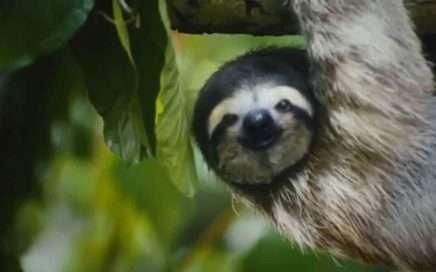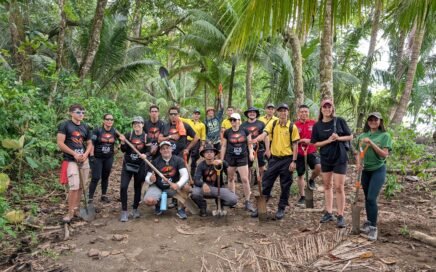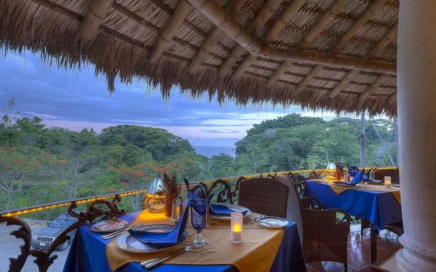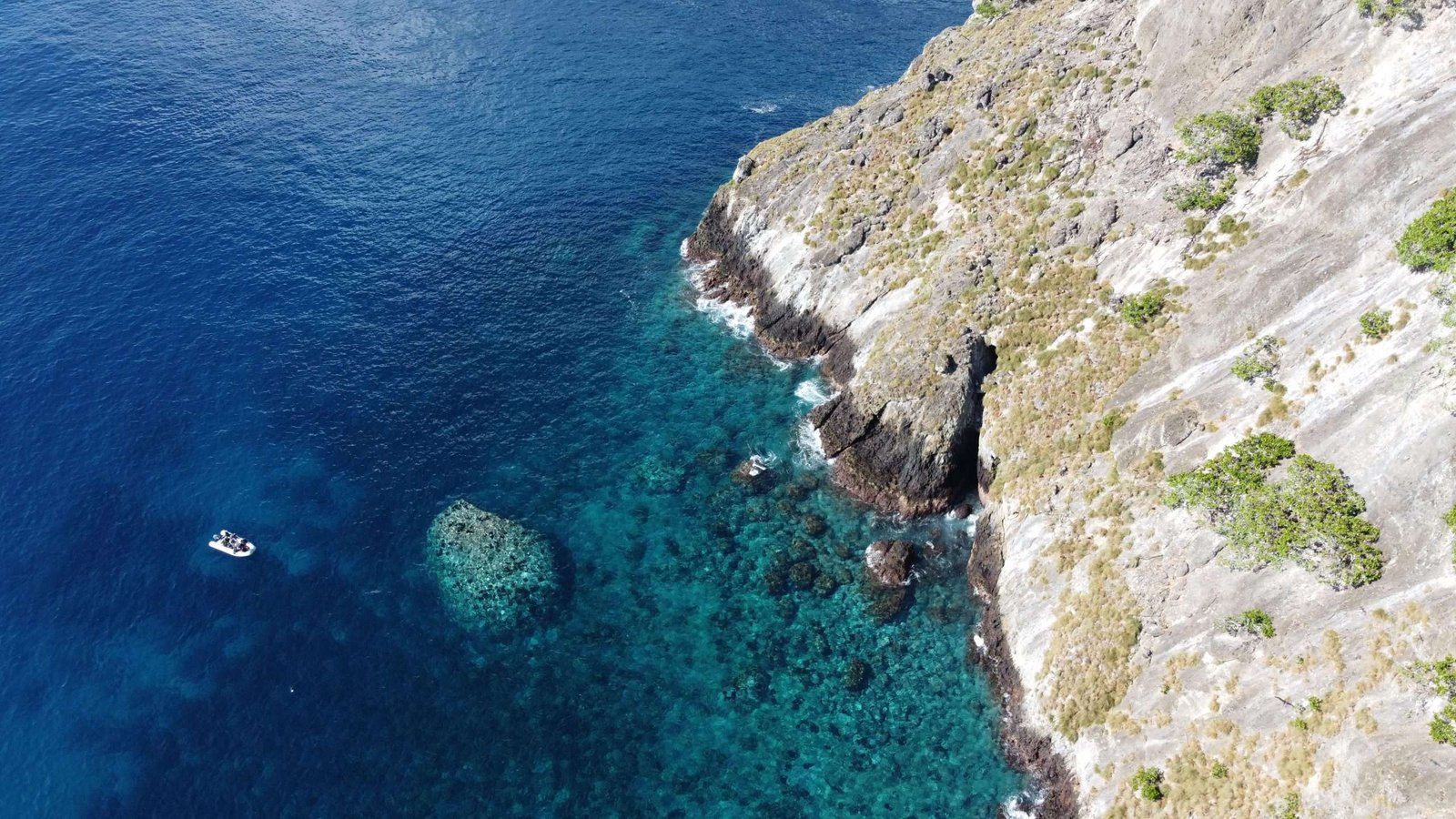Coco Island: the coral museum
Author: Laura Vanopdenbosch
Last April 2021, two members of the Innoceana team had the opportunity to go for one month on Cocos Island as researchers to start a 3D project modeling the coral reef. Cocos Island is Costa Rica's largest marine protected area, a UNESCO World Heritage Site, and a Mission Blue Hope Spot. It is home to more than 1,600 marine species, has one of the highest concentrations of sharks globally, and one of the most diverse reefs in the country. For all those reasons, it is one of the most pristine sites for scuba diving worldwide.
Innoceana was invited to stay for one month on the island with the rangers to start their project called The Crystal Floor. It aims to study the health of the coral reefs, raise awareness of the importance of corals, and implement effective conservation strategies.
It has been an incredible privilege for us, as the terrestrial part of the island and many underwater sites are only accessible to rangers, volunteers and researchers. In one month on the island and 32 dives, we encountered thousands of hammerhead sharks, Galapagos sharks, Silkies sharks, Black and Whitetip sharks, one Tiger shark, one turtle rescued from fishing lines, hundreds of fish species, many sexy shrimps, and much more

One month on Cocos Island was also 26 hours of underwater mapping, 3200 m2 of underwater 3D maps created, and more than 100,000 underwater pictures. Indeed, to create 3D underwater maps, Innoceana uses a photogrammetry technique: assembling many images taken from various angles to recreate a virtual 3D model of the reef.
With those underwater maps, Innoceana can evaluate the reef's health and provides a visual baseline of the reef and use it for comparison over the years and for education. The technical committee has successfully approved the protocol created by Innoceana of the National Park of Cocos Island and will be added to the governmental monitoring protocol. Every six months, Innoceana will return to the rangers on this paradisiac island to add the visual 3D maps to the classic underwater monitoring system.
An aerial drone has also been used to create aerial 2D maps of the island and estimate total coral coverage, which will be extremely useful for comparing with future aerial studies and proving the increase or decrease of the coral reef. Coral reefs are unfortunately significantly threatened all around the world and could completely disappear by 2050.
Innoceana believes that education on their importance is essential: with visual tools like the 3D models of corals, we can educate on the crucial role of corals for coast protection, survival of marine invertebrates and most fish, economic value and source of food, etc.

If you want to learn more about our trip on Cocos Island, follow our series of 17 video diaries on our Youtube channel: One new diary every Sunday! You can also watch our latest online webinar for more information on The Crystal Floor project or 3D models, or the coral reef in Cocos Island.


Busting Myths About Costa Rica Destination, Free Costa Rica Magazine #99
We’ve recently seen misinformation circulating suggesting that Costa Rica is an expensive destination.

Debunking myths about Costa Rica’s South Pacific destination
There is false information circulating that suggests the South Pacific Costa Rica is an expensive destination

Beach Clean Up in Uvita: Community Spirit in Action at Marino Ballena National Park
Beach Clean Up in Uvita Community Spirit in Action at Marino Ballena National Park Author: Sophie Schindler

Costa Rica’s First 100% Gluten-Free Gourmet Restaurant
Costa Rica’s First 100% Gluten-Free Gourmet Restaurant La Palapa Restaurant: Indulgence Without Compromise Travelers come to Costa Rica seeking nature, adventure – and memorable dining. At Cuna del Ángel, a boutique hotel nestled in the […]

Adventure Begins Where Comfort Ends: Our Rain-Soaked Snorkeling Tour to Caño Island
What I Learned from Traveling in the Rain or Why a Plastic Cape Can Teach Humility Our Snorkeling Tour to Caño Island

Increasing Biodiversity in the Path of the Tapir Biological Corridor
The area including the Path of the Tapir Biological Corridor in Costa Rica, is one of the few places with increasing biodiversity.

Costa Rica: a destination for all budgets, Free Travel Guide #98
In this free travel guide we also address recent online misinformation suggesting that our destination is expensive for visitors.

Discovering Dominicalito: A Tranquil Coastal Gem in Costa Rica
Located along Costa Rica’s Central Pacific coast, Dominicalito is a peaceful retreat just south of the bustling surf town of Dominical

A LAMA’S JOURNEY IN LATIN AMERICA
Drupon Lama Dorje, a Buddhist Lama of the Drikung Kagyu lineage, embarked on his spiritual journey from a very young age.

Tellmegen, The Power of Genetics, Bahia Ballena Doctors
TellmeGen, a precision medicine study designed to provide personalized healthcare information tailored specifically to your genetic profile.
Qué hacer, Dónde comer y Dónde quedarse
- Actividades y Tours
- Tour de avistamiento de ballenas
- Atracciones Naturales
- Parque Nacional Marino Ballena
- Restaurants
- Hoteles
¿Buscando directorios de negocios, mapas o otra información? ¡Nosotros también se lo ofrecemos!
Atrévete a Descubrir y Disfrutar…
Quizá puede Revisar…
Necesita ayuda para planear su próximo viaje? Nosotros podemos ayudar con sus vacaciones en Costa Rica!
Email: info@ballenatales.com
Teléfono: +(506) 8946 7134 or +(506) 8914 1568






